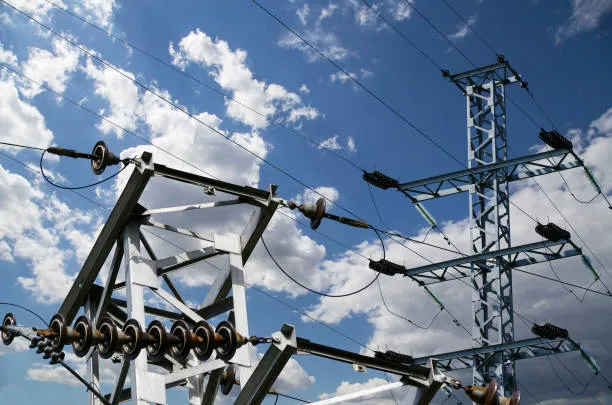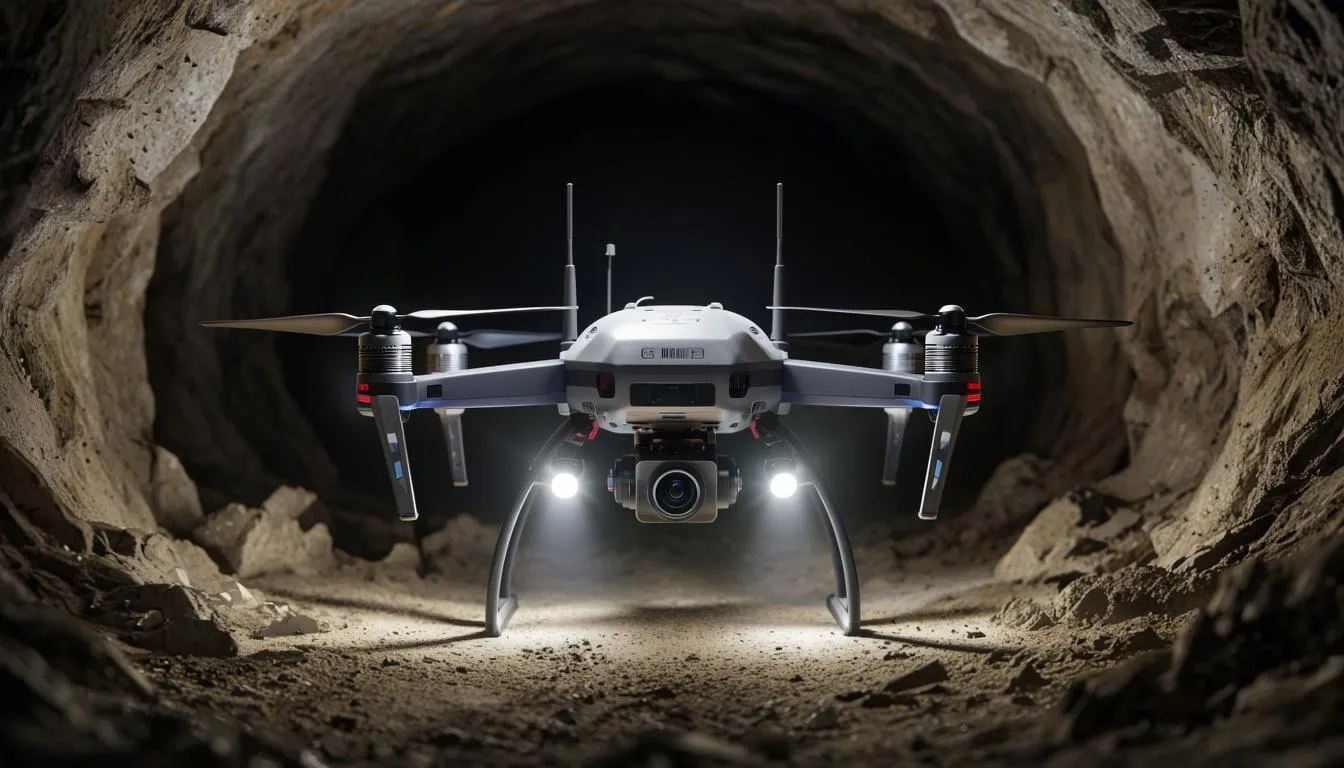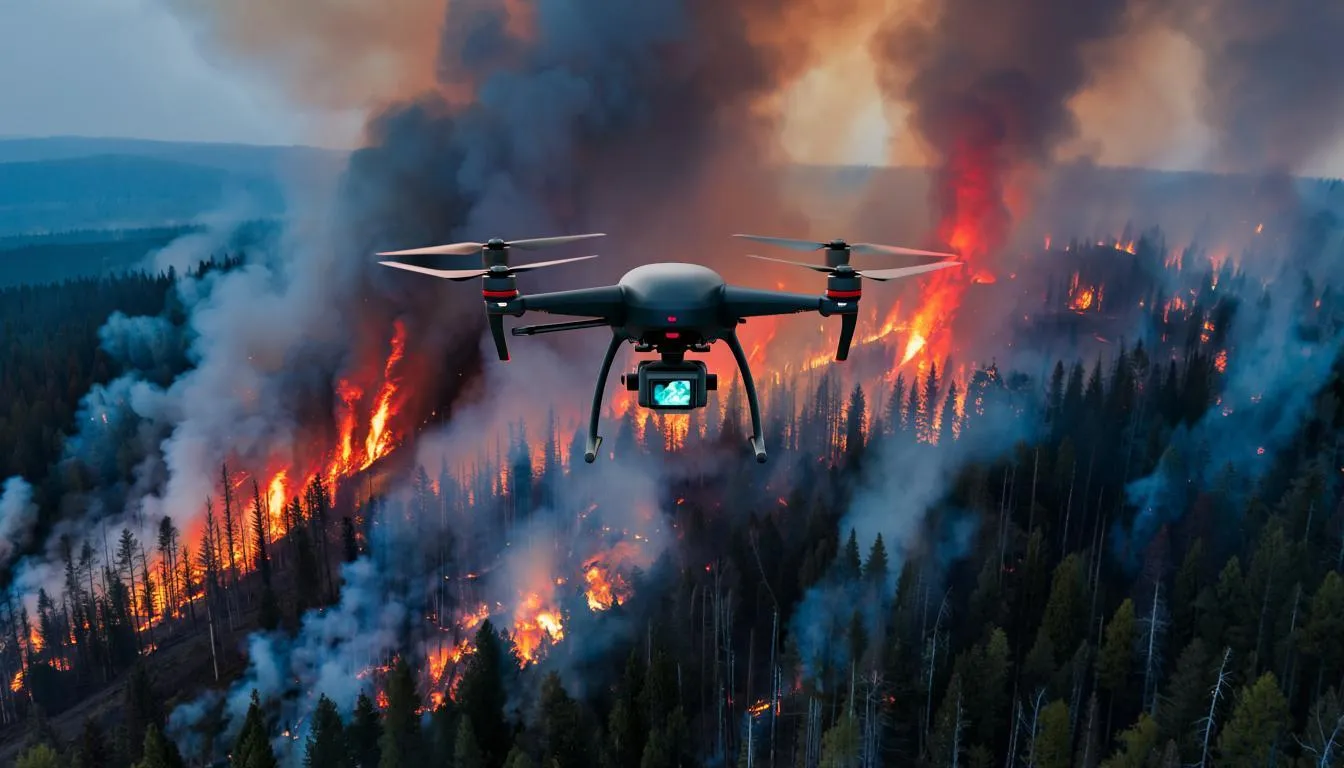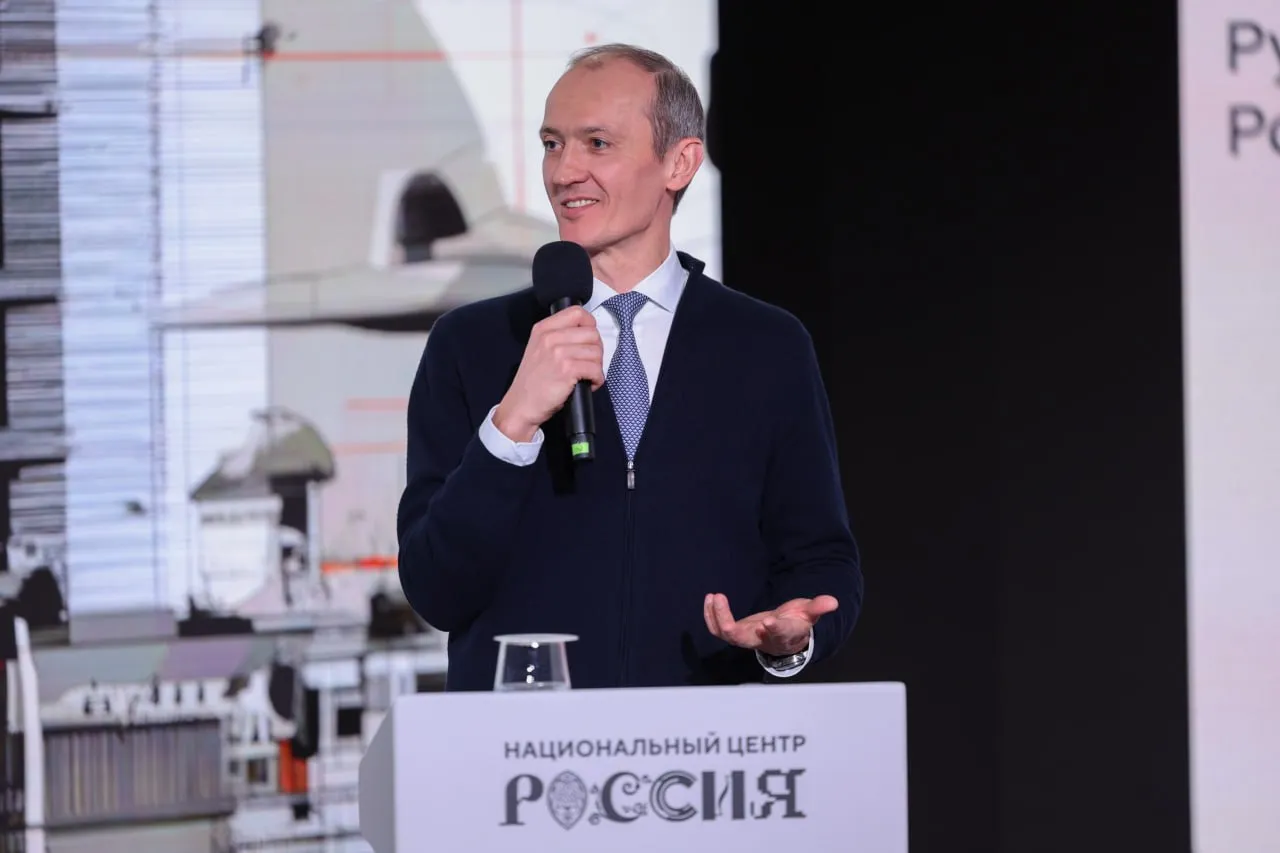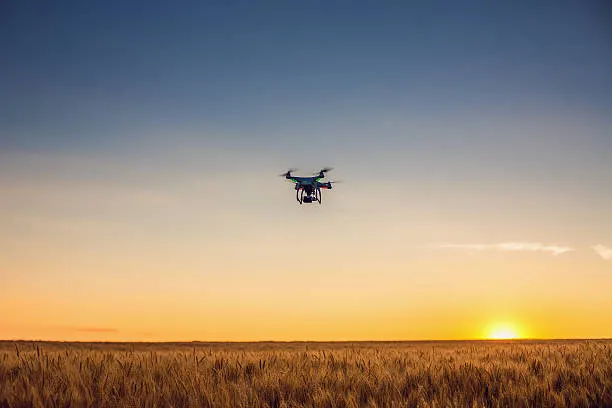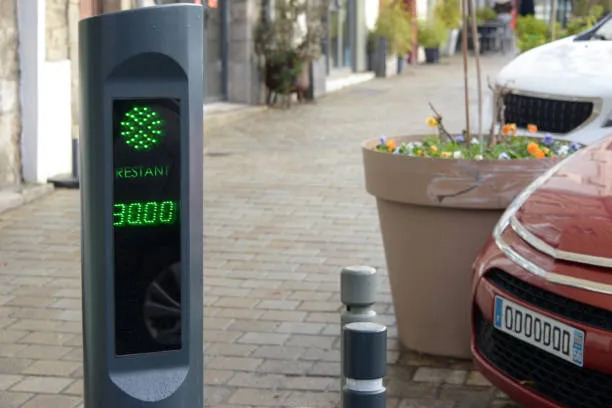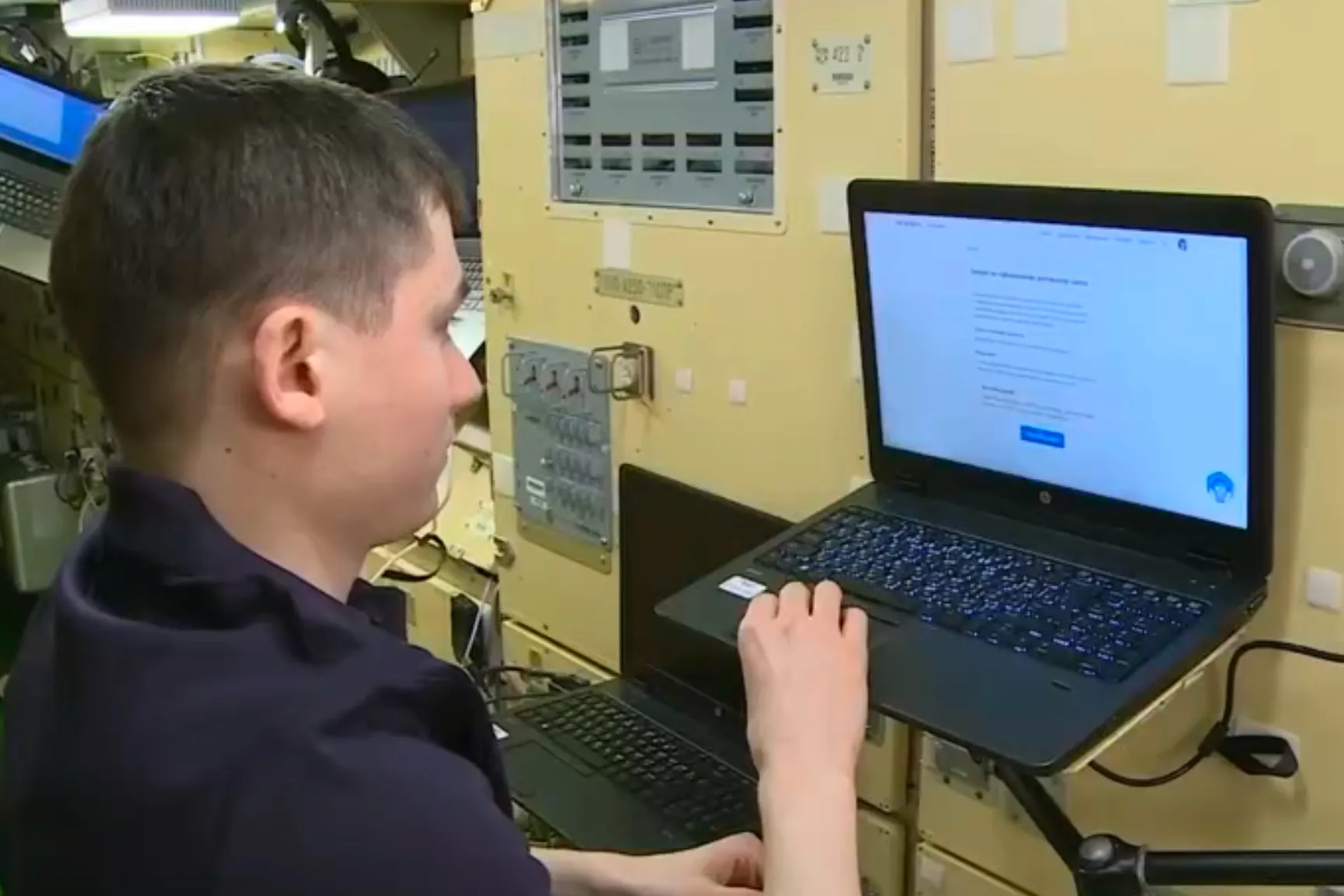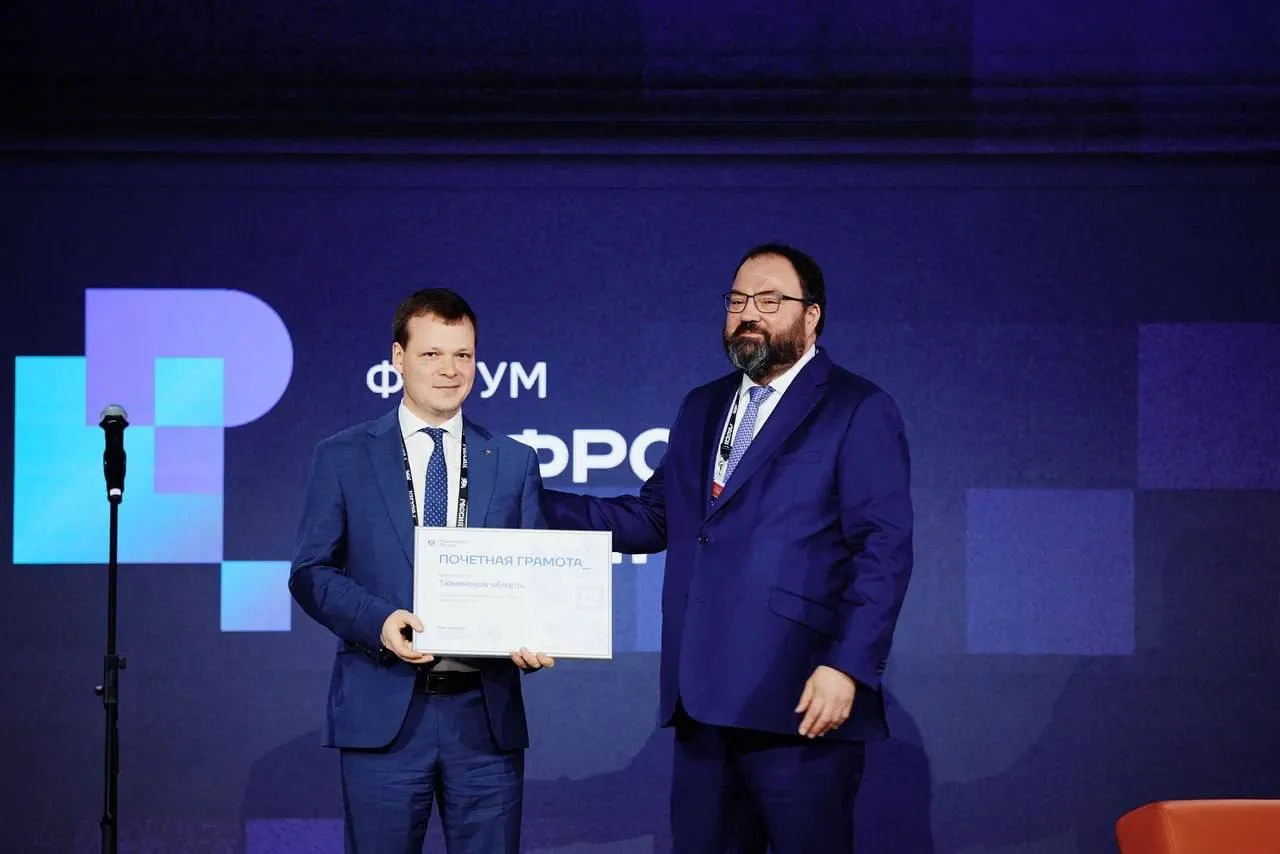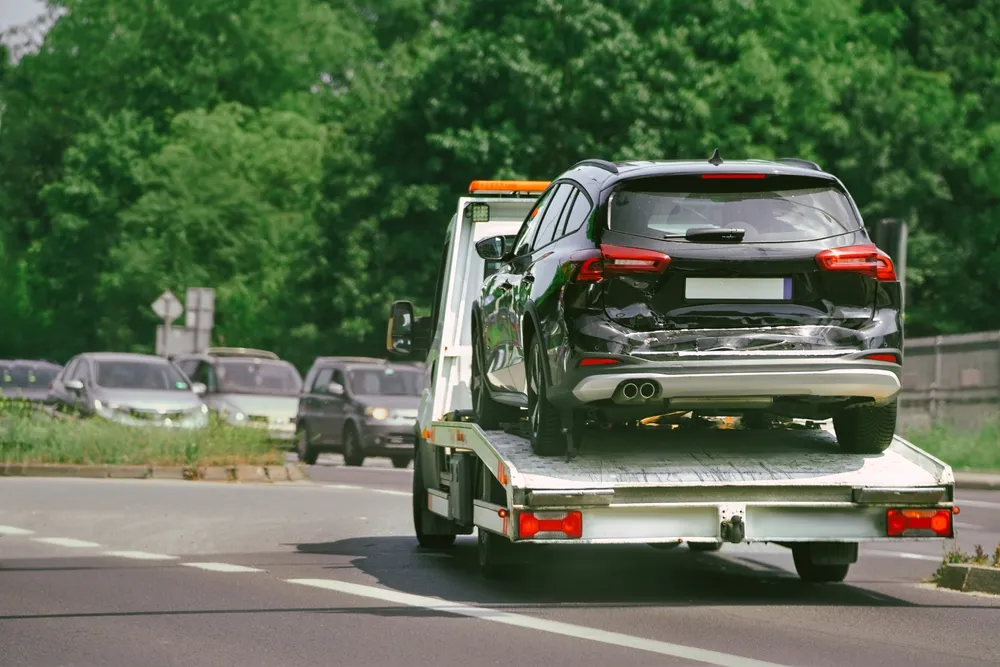5G Is Coming to Russia’s Biggest Cities — And It’s Just the Beginning

Russia is gearing up for a high-speed future — and it’s starting with its urban giants. By 2026, the country’s five largest cities will begin rolling out next-gen 5G networks, marking a major leap in digital infrastructure and a key step in Russia’s long-term tech strategy.
Telecom providers are already deep into frequency testing, with Moscow and several central regions — including parts of the Volga corridor — set to go live first. Full-scale deployment across Russia’s other major metro areas is slated for 2028. For context: the country has 16 cities with over a million residents, and plans are already in motion to reach them all.
By 2027, operators will begin pushing 5G into mid-sized cities with populations over 500,000. If all goes to plan, nationwide 5G coverage could be a reality by 2035.
But the speed comes at a price.
Building a 5G ecosystem isn’t just about flipping a switch. It involves reengineering core networks, deploying new base stations, syncing infrastructure, and ensuring end-to-end cybersecurity. Analysts estimate that the total cost for Russia’s 5G rollout could exceed $15 billion — a massive bet on bandwidth, latency, and future-ready services.
Why does it matter? Because 5G isn’t just faster video streaming. It’s the backbone for autonomous vehicles, smart cities, real-time healthcare, industrial automation, and — maybe soon — technologies we haven’t imagined yet.
Russia’s message is clear: the digital future won’t wait. And in the race to deploy infrastructure at scale, 5G is the new battleground.














